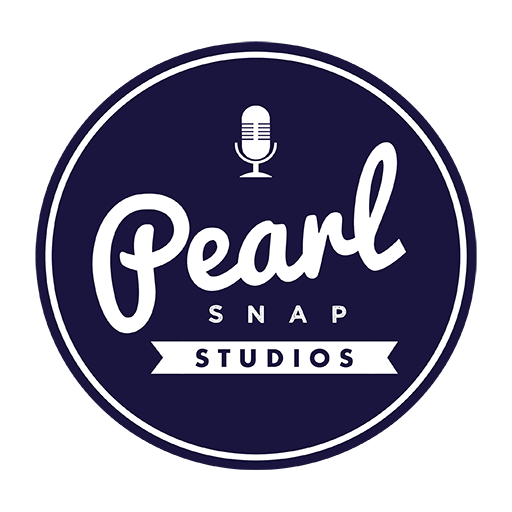What is the difference between dry stems and wet stems?
First of all, what are stems? Stems and Multitracks are great ways to break down a demo recording into various parts. Stems are a grouped collection of the parts of the recording. For example, if your demo recording contains multiple guitars, the guitar stem will be an audio file of all guitars grouped together.
Multitracks are similar to stems, but are more intricate: they break down the recording into all the individual pieces of the recording. So with multitracks, there will be an audio file of each guitar. Stems and multi-tracks can be created in two different styles: dry or wet. Let’s talk about how they are different.
Dry stems don’t have any effects on them. (like reverb, EQ, etc). We love coffee here at the studio, so we’ll use coffee as an example to help you better understand dry stems. You can think of dry stems as a cup of black coffee. It doesn’t have any cream or sugar, it’s just what it is: coffee. Most songwriters and mix engineers like to request dry stems so they can play with adding their own effects to the stems (because some people like coffee with lots of cream and sugar, while others don’t).
Wet stems are stems that have effects on them (reverb, EQ, etc). In coffee terms, wet stems are like the cup of coffee that already has cream and sugar mixed in it. You can’t take the cream and sugar out once you mix them in, but it might taste better (depending on your coffee preferences). Wet stems are nice to have if you plan on playing a lot of live shows that have a great sound guy in the booth, or if you’re working with a music supervisor who wants the same effects but needs a different mix balance for the scene they’re syncing music to.

